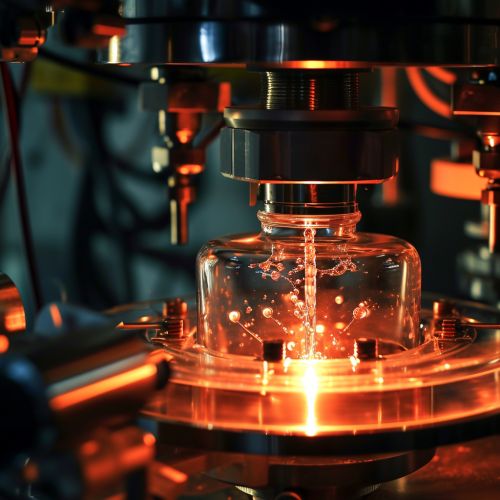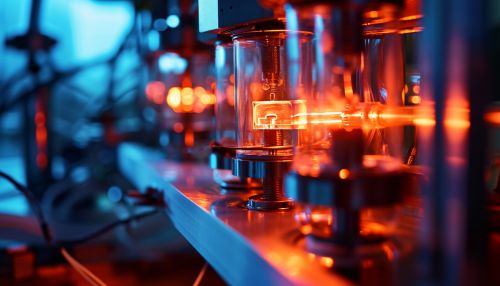Proton pump inhibitors
Overview
Proton pump inhibitors (PPIs) are a group of drugs whose main action is a pronounced and long-lasting reduction of gastric acid production. They are the most potent inhibitors of acid secretion available today. The group includes drugs such as omeprazole, lansoprazole, rabeprazole, pantoprazole, and esomeprazole.
Mechanism of Action
PPIs are prodrugs that require activation in an acidic environment. After absorption, they are transported to the parietal cell canaliculus, where they are activated. The activated PPIs bind covalently to the gastric H+/K+ ATPase (proton pump), an enzyme found on the luminal surface of parietal cells. This binding inhibits the final step in gastric acid production, thereby reducing gastric acidity.


Clinical Uses
PPIs are used in the treatment of many conditions, including gastroesophageal reflux disease (GERD), peptic ulcer disease (PUD), and Zollinger–Ellison syndrome. They are also used in combination with antibiotics for the eradication of Helicobacter pylori.
Side Effects and Risks
While generally well-tolerated, PPIs have been associated with a number of side effects and risks. These include an increased risk of Clostridium difficile infection, pneumonia, bone fractures, and vitamin B12 deficiency. Long-term use may also lead to hypomagnesemia and potentially serious kidney disease.
Pharmacokinetics
PPIs are absorbed in the small intestine and are then transported to the parietal cells. They have a relatively short plasma half-life, but their effect on acid secretion is long-lasting because of the irreversible binding to the proton pump.
Drug Interactions
PPIs can interact with other drugs through several mechanisms, including inhibition of cytochrome P450 enzymes and reduction in gastric acidity. These interactions can affect the absorption and metabolism of other drugs, potentially leading to therapeutic failure or toxicity.
